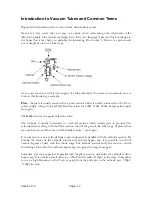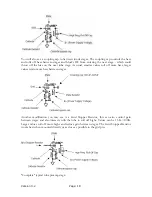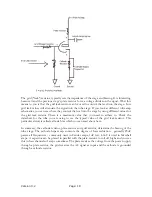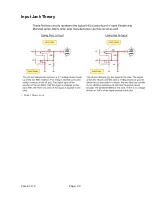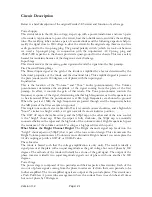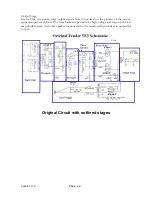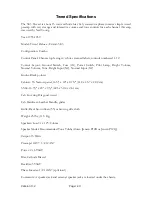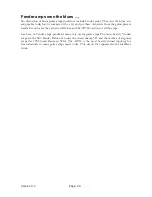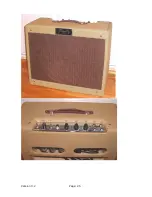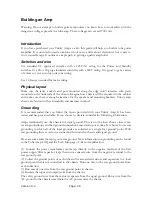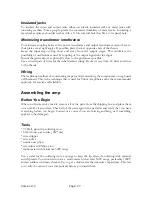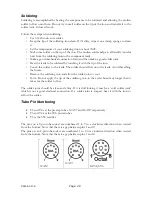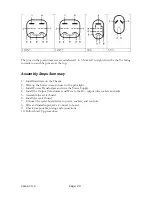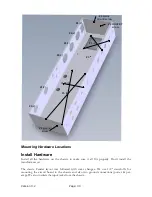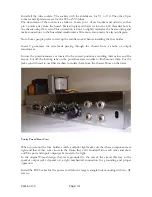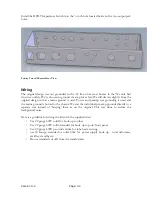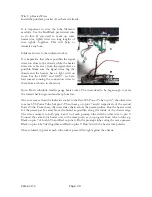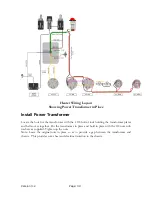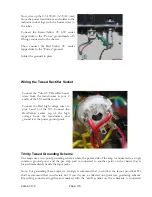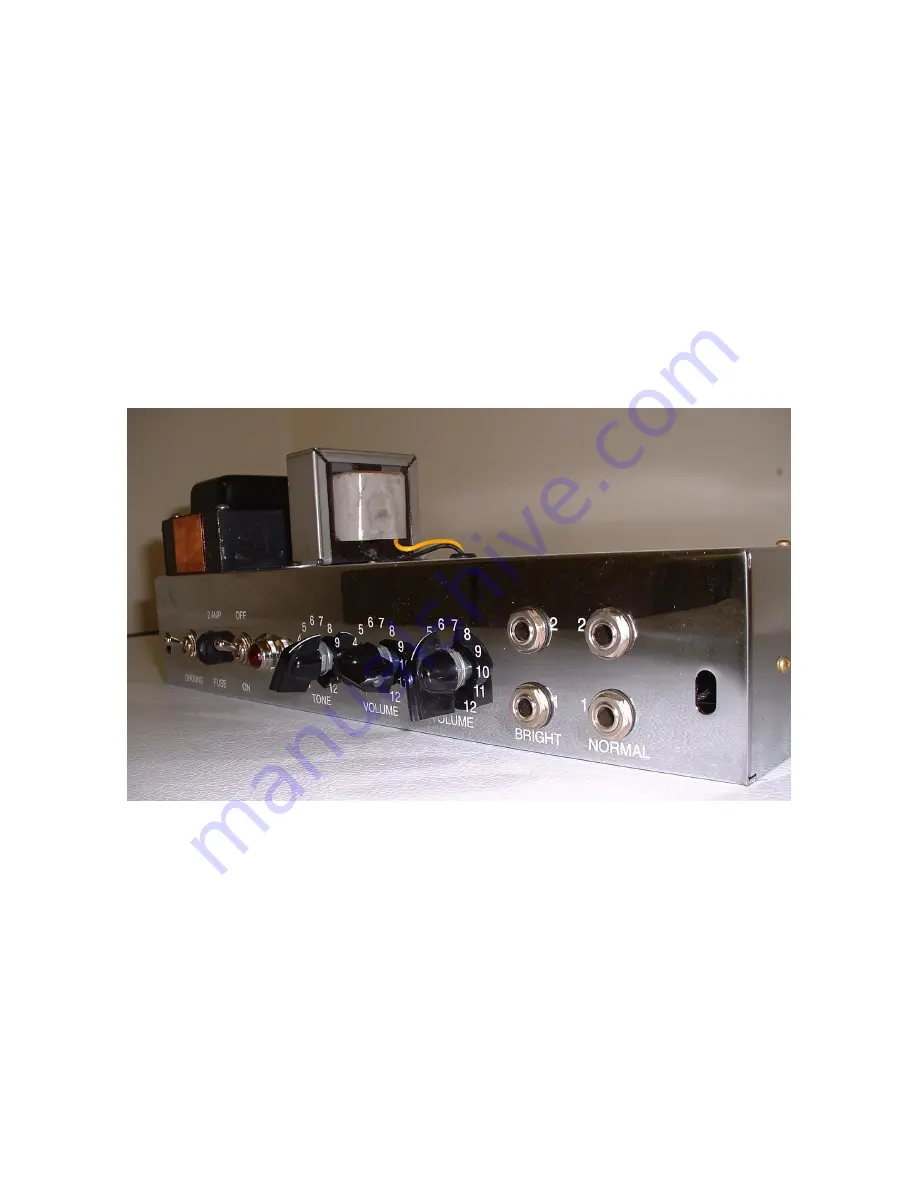
Version 3.2
Page: 31
Install all the tube sockets. The sockets with the shields are for V1 to V2. The other 8 pin
sockets and clip retainers are for the 6V6 or 5Y3 tubes.
The orientation of the sockets is as follows. Locate pin 1 of each socket and orient it so that
pin 1 points away from the board. Fasten in place with screws into the 4-40 threaded hole in
the chassis using #4 screws. This orientation is done to slightly minimize the heater wiring and
make connections to the board and transformer a little more convenient. See layout diagram.
Note: Some people prefer to wire up the rectifier socket before installing the fuse holder.
Insert 2 grommets for wire leads passing through the chassis from a choke or output
transformer.
Ensure the potentiometers are located in the correct positions according their values and the
layout. Cut off the locating tabs on the potentiometers in order to flush mount them. For the
jacks you will need to use fibre washers to isolate them from the chassis. More on that later.
Trinity Tweed Front View
When you mount the fuse holder, switch, and pilot light make sure that these components are
tight and that if they come loose in the future they can't 'windmill' into each other and short
out! The pots and input/output jacks must also be tight.
In the original Tweed design, they were grounded to the rest of the circuit this way so the
speaker output jacks depend on a tight mechanical connection for grounding and proper
operation.
Install the IEC Socket for the power cord into the large rectangle hole mounting with two #4
screws.
Summary of Contents for Trinity Tweed Amp
Page 2: ...Version 3 2 Page 2 ...
Page 16: ......
Page 20: ...Version 3 2 Page 20 Input Jack Theory from 18watt com ...
Page 25: ...Version 3 2 Page 25 ...
Page 49: ...Version 3 2 Page 49 ...
Page 65: ...Version 3 2 Page 65 HEYBOER OT for TWEED 6L6GT CONVERSION ...
Page 66: ...Version 3 2 Page 66 ...
Page 75: ...Version 3 2 Page 75 ...
Page 76: ...Version 3 2 Page 76 ...
Page 77: ...Version 3 2 Page 77 Trinity Amps Schematics and Layouts ...

